Now a Self-Driving Technology and Mobility Player, Ford Seeks an Edge
Taking to a Dearborn stage on Monday, Ford Motor Company CEO Mark Fields declared, “We are expanding our business to be both an auto and mobility company.” With this statement, Fields has created additional competition. No longer will Ford only be battling traditional auto manufacturers.
Now, the automaker’s competitors include Uber, Lyft, Google, and Apple — each one focused on current and future mobility solutions. How does the company plan to win?
While Ford’s race to build an autonomous vehicle isn’t unique to the automotive industry, it illustrates how auto manufacturers are looking to and planning for the future. During his time on stage, Fields talked extensively about Ford Smart Mobility. This is the company’s plan to lead the industry in vehicle connectivity, vehicle mobility, autonomous vehicles, customer experience, and data & analytics. The plan’s end game? Affordable, fully autonomous vehicles, available to both consumers and businesses. (Or so Ford hopes.)
This also will lead to Ford changing its business model. Ford will go from a company entirely dependent on vehicles sales to one dependent on vehicle sales as well as transportation services. The reasoning behind this change in philosophy is influenced by the following:
Every minute in the United States, thirty new vehicles are sold.
During that same minute, seven million miles are driven, 125,000 taxis and Ubers are on the road, there are 60,000 shared rides, 450,000 bytes are transmitted between connected vehicles, and 350,000 apps are downloaded.
Ford wants a piece of that action. As Americans increasingly look at vehicle usage differently, Fields believes that Ford’s continued existence depends on providing transportation services and solutions. The first step will be to start a shuttle service to supplement public transportation in major metropolitan areas by the beginning of the next decade.
Central to all of these plans is the fully autonomous vehicle. Fields believes that autonomous vehicles will have a significant impact on society — an impact as significant as Ford’s moving assembly line. Ford will attempt to once again, “Make people’s lives better by changing the way the world moves.”
Since the autonomous vehicle is supposed to change how the world moves, how does it move? Luckily, Ford set up a demonstration on how these vehicles function on public roads. Over the last year, Ford has adding a suite of sensors to a number of Fusion Hybrids. Currently, Ford fits a high resolution color camera, short and long range radar, LIDAR, stereo cameras, and monocular cameras to their test vehicles. Paired with software development, these sensors give the Fusions the ability to drive without human input.
In order to get to this stage, Ford has partnered, invested in, or purchased four different technology companies. These companies have helped with advanced algorithms, 3D mapping, LIDAR, and radar and camera sensors. Ford also is expanding its Silicon Valley operations, creating a dedicated campus in Palo Alto. This campus has new facilities and will be doubling the size of the staff by next year.
Ford has done testing at M-City, the State of Michigan’s autonomous vehicle test site, its proving grounds, and on public roads. These vehicles are referred to as an SAE Level 4 Autonomous Vehicle. They can operate independently within a geographically fenced area. The roads these vehicles travel are all mapped and verified. This is the same level autonomous vehicle that Ford will be rolling out to vehicle and livery services by 2021.
Besides the weird-looking roof rack, there is nothing particularly remarkable about these Fusions. Once inside, the cabin’s appointments are standard Ford fare. An engineer sits in the drivers seat, ready to take over the wheel in an emergency. Ford doesn’t want an autonomous Fusion getting ideas from your average Mustang leaving a Cars and Coffee event. Another engineer sits in the front passenger seat, viewing the data from the vehicles array of sensors.
Once the car is put in “L”, the computer takes over. Slowly accelerating through the parking lot, the Fusion scans the area for pedestrians, doors opening, and other obstacles. It then comes to a rest at a stop sign, turns right, and we’re out on a public road.
Throughout the drive, the test vehicle navigates four way stops, stop lights, pedestrian crossings, and curvy roads. Even the most sinister of all traffic maneuvers, the unprotected left turn, is no match for the Fusion. The vehicle is able to handle all of the real world situations this two mile course could offer. The various sensors send information back to the vehicle on when it is safe to proceed, make a turn, and at what speed. Acceleration and deceleration are smooth, and the steering is precise. It’s almost exactly like riding in a vehicle driven by a human.
Compared to a human driver, safety and compliance are the most obvious differences in the way an autonomous vehicle drives. The autonomous Fusion is the most cautiously driven vehicle not belonging to a drivers’ ed school. It makes complete stops, puts the turn signal on ahead of time, and yields to other vehicles at four-way stops. It also drives exactly at the speed limit and obeys all state-mandated rules of the road. A good example of this is when the vehicle came to a flashing crosswalk. In Michigan, cars must not drive through a flashing crosswalk, even if there are no pedestrians crossing the road. However, that didn’t stop two non-autonomous vehicles from driving through a flashing crosswalk during the test drive. The autonomous Fusion waited patiently until the lights stopped flashing.
After taking a ride in a self-driving vehicle, it’s not hard to see that they will make roads safer and change the way we view transportation. Vehicles will now be able to be utilized on a 24/7 basis with the biggest liability — humans — removed from the driving picture.
After a short ride and some discussion with engineers, Ford’s vision of profitability through transportation services and solutions becomes more clear. I just have one unanswered question: if four autonomous cars roll up to a four-way stop at the same time, who goes first?
[Graph: Ford Motor Company]
More by Adam Tonge
Latest Car Reviews
Read moreLatest Product Reviews
Read moreRecent Comments
- Jeff Self driving cars are not ready for prime time.
- Lichtronamo Watch as the non-us based automakers shift more production to Mexico in the future.
- 28-Cars-Later " Electrek recently dug around in Tesla’s online parts catalog and found that the windshield costs a whopping $1,900 to replace.To be fair, that’s around what a Mercedes S-Class or Rivian windshield costs, but the Tesla’s glass is unique because of its shape. It’s also worth noting that most insurance plans have glass replacement options that can make the repair a low- or zero-cost issue. "Now I understand why my insurance is so high despite no claims for years and about 7,500 annual miles between three cars.
- AMcA My theory is that that when the Big 3 gave away the store to the UAW in the last contract, there was a side deal in which the UAW promised to go after the non-organized transplant plants. Even the UAW understands that if the wage differential gets too high it's gonna kill the golden goose.
- MKizzy Why else does range matter? Because in the EV advocate's dream scenario of a post-ICE future, the average multi-car household will find itself with more EVs in their garages and driveways than places to plug them in or the capacity to charge then all at once without significant electrical upgrades. Unless each vehicle has enough range to allow for multiple days without plugging in, fighting over charging access in multi-EV households will be right up there with finances for causes of domestic strife.
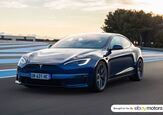
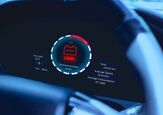


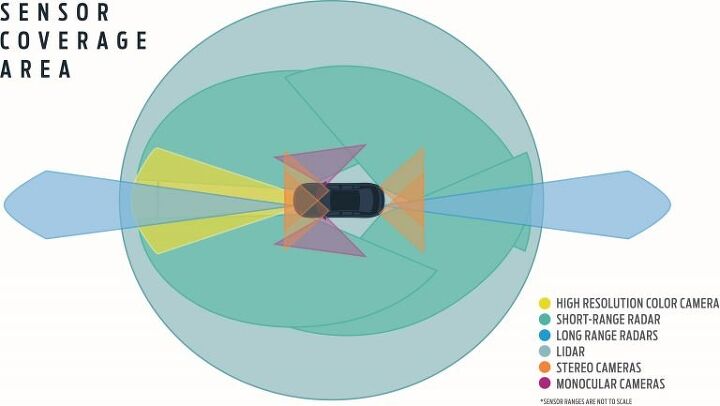















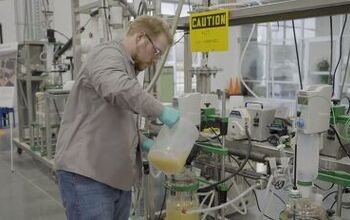
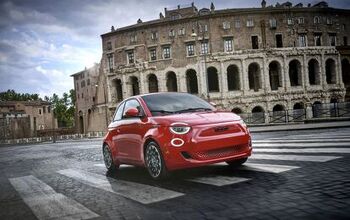

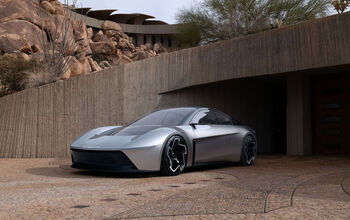
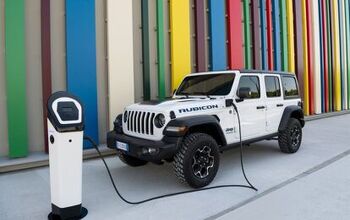

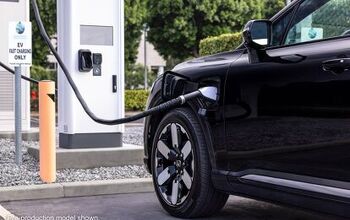
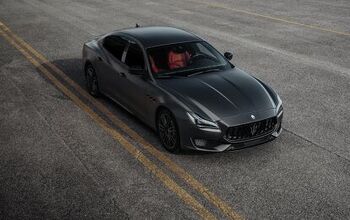
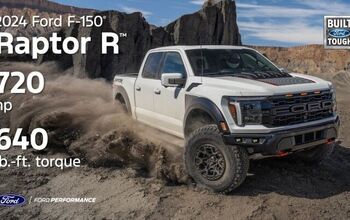

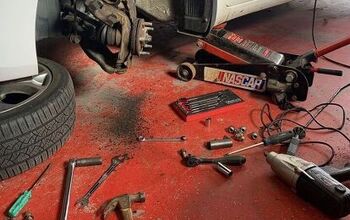
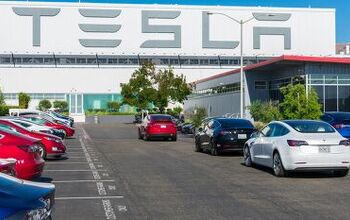
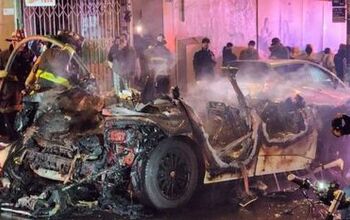
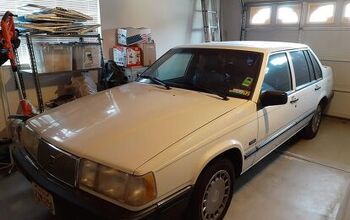
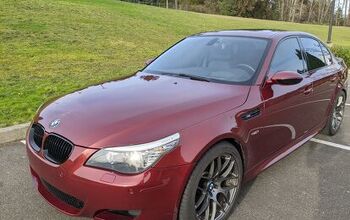
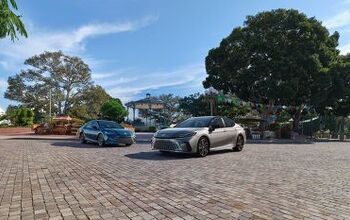
Comments
Join the conversation
But what about Mark Fields' suit? You need to be asking the tough questions!
As long as those looking to put their freely obtained Yellen notes look at actual profitability when pricing car companies, while applying dot com valuation rigor when looking at "mobility companies", being a "Mobility company" is undoubtedly good for shareholders.